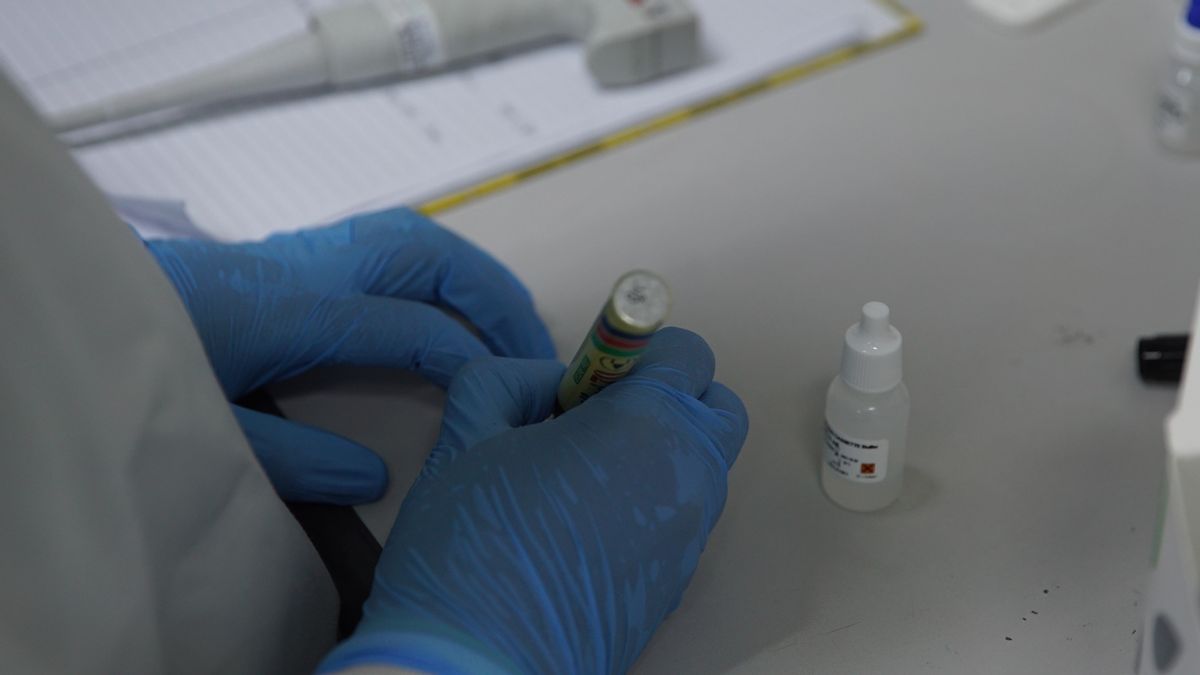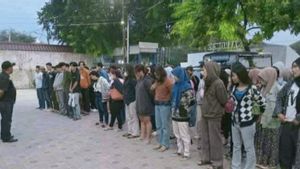JAKARTA - DKI Jakarta Province is still the region with the highest number of positive COVID-19 cases in Indonesia. Based on data from the Task Force for the Acceleration of Handling COVID-19 as of May 28, positive cases in DKI reached 7,001 people.
Seeing the high number of confirmed cases of COVID-19, the Chairman of Commission A (Government Affairs) DPRD DKI Mujiyono asked the DKI Provincial Government to ensure contact tracing before the new normal is carried out in the near future.
"The process of tracing contact for patients who are positive for COVID-19 must be improved to break the chain of transmission," Mujiyono said when contacted by VOI, Thursday, May 28.
The contact tracing effort, which is considered to be not optimal, can be seen from the data of people under monitoring (ODP). The ODP determination is taken from tracing anyone who has had close contact with a COVID-19 patient.
Where out of 7001 positive people, the number of ODP was mostly recorded from the results of contact tracing of people infected with COVID-19 in DKI, currently only 30,704 people.
This means that the ratio or ratio of positive cases and ODP is only 1: 4. In other words, out of 1 patient who was confirmed positive for COVID-19, on average only 4 other people who may have had close contact.
In fact, when compared to provinces that also have high case rates, the difference between ODP and positives is quite large.
In West Java, there were 2,181 positive cases and 49,177 ODP cases (ratio 1:23). In Central Java, there were 1,394 positive cases and 35,119 ODP cases (ratio 1:27). Then in East Java, there were 4,112 positive cases and 24,090 ODP (ratio 1: 6).
According to Mujiyono, there are two factors that cause contact tracing in DKI to be not optimal. First, health workers are still tracing manually.
"Tracing has been done manually and has not been sophisticated, only asking positive patients about who has had close contact with him," said Mujiyono.
Mujiyono said that DKI should have followed Australia in conducting digital-based contact tracing. "There are applications that are downloaded by residents there. When he is positive, the system on the cellphone will find out if he is in contact with anyone, through communication on his cellphone," he continued.
Furthermore, the second factor that caused the increase in ODP to be slower than the increase in positive cases was due to the difficulty of obtaining information regarding who had had close contact with positive patients.
"For example, if A is tested positive, then A has been in contact with B, B does not necessarily want to report to be examined. The public should be able to convey information about contact with COVID-19 patients to be even more transparent," said Mujiyono.
The English, Chinese, Japanese, Arabic, and French versions are automatically generated by the AI. So there may still be inaccuracies in translating, please always see Indonesian as our main language. (system supported by DigitalSiber.id)













